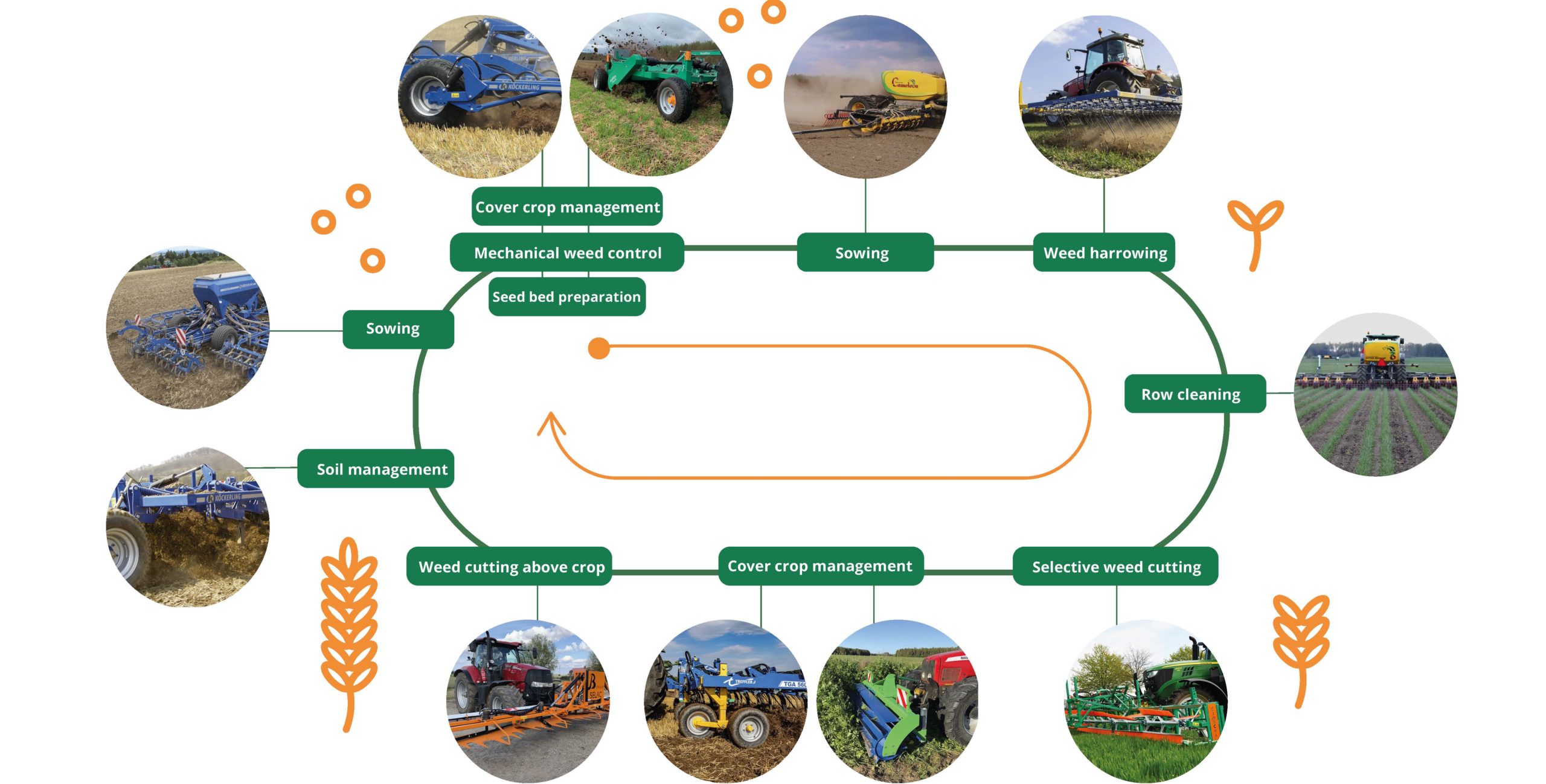The importance of variation
Having a varied crop rotation is A and O. In this way, it is more difficult for pests, diseases and weeds to establish in the arable land since they are usually linked to a particular crop or a certain type of cultivation. It can also contribute to reducing the need of different types of pest control, which is good for both the environment and the wallet.
A well thought-out and varied crop rotation is also positive since some crops, such as a clover, fixes nitrogen that the next crop can benefit from. An example of nitrogen-intensive crops is winter wheat and rape.
But what is a good crop rotation? Of course, it depends on the conditions, such as soil type, and the cultivation orientation on the farm and what economic provision there is for the different crops. Regarding the number of crops in the crop rotation, they should be at least four or more in order to avoid crop rotation diseases, but many crops such as peas should not occur more often than every six to seven years.
We are with you through the entire crop rotation


